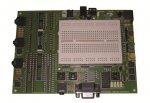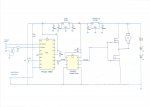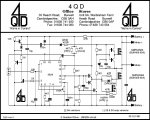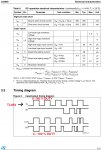hi all
is there anyone who can help me with code (complete program) for a PWM motor controller where I can adjust the duty cycle from 0 to 100% with a 5K (or 10K) potentiometer.
I want to make a PWM controller that can provide 1kHz with rise and fall times approximately 200 ns
I would be very grateful for help with this
Tonny
Denmark
is there anyone who can help me with code (complete program) for a PWM motor controller where I can adjust the duty cycle from 0 to 100% with a 5K (or 10K) potentiometer.
I want to make a PWM controller that can provide 1kHz with rise and fall times approximately 200 ns
I would be very grateful for help with this
Tonny
Denmark









